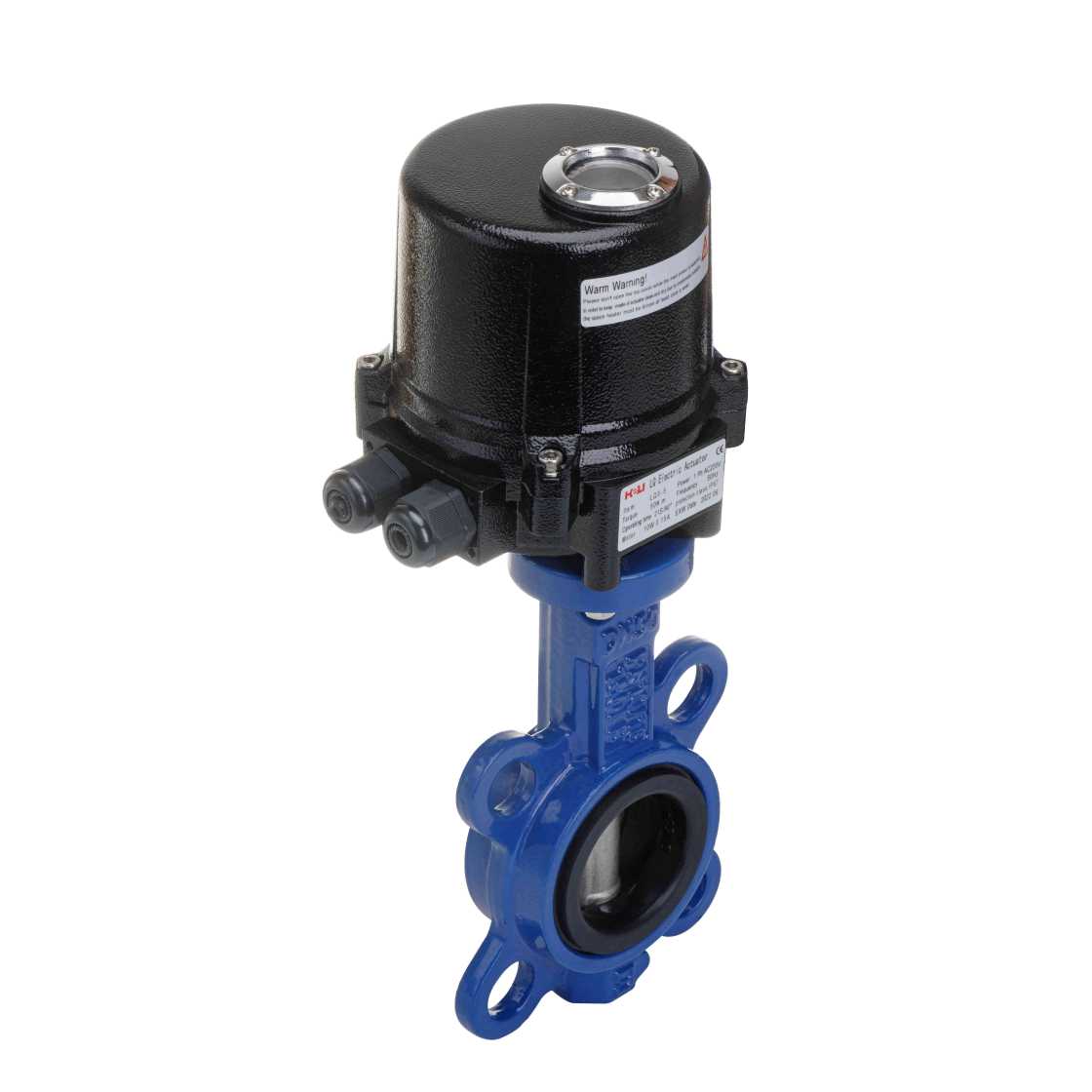

One of the standout features of the WCB Electric Butterfly Valve is its durability. Made from high-quality materials, the valve is resistant to corrosion, wear, and tear, even in harsh agricultural environments. The WCB valve’s robust design ensures long-lasting performance, minimizing the need for frequent replacements or maintenance. This is particularly important for farmers who rely on consistent irrigation to sustain their crops and avoid costly downtime.
Another key advantage of te WCB Electric Butterfly Valve is its automation. The electric actuator allows for remote control of the valve, making it easier for farmers to manage irrigation systems without having to be physically present at the valve. This automation reduces labor costs and eliminates human error, which is common in manual valve operation. The valve can be programmed to open or close at specific times, ensuring water is delivered to the crops precisely when it’s needed. Furthermore, the integration of advanced sensors ensures that the valve can automatically adjust to changes in water pressure or flow, enhancing the overall efficiency of the irrigation system.

h Agricultural irrigation is a critical part of farming, and efficient water management is essential for crop productivity. As technology continues to evolve, so does the equipment used in farming practices. One such advancement is the WCB Electric Butterfly Valve, which has proven to be a game-changer in agricultural irrigation systems. This valve offers numerous benefits, including ease of use, durability, and enhanced efficiency, making it an essential tool for modern irrigation.
The WCB Electric Butterfly Valve is designed specifically for use in agricultural irrigation systems where water flow control is crucial. Its primary function is to regulate and control the flow of water through pipes, ensuring that water is distributed evenly across agricultural fields. Unlike traditional manual valves, the electric butterfly valve is automated, allowing for more precise and efficient control over the irrigation process. This not only saves water but also ensures crops receive the optimal amount of moisture, which is crucial for their growth and health.